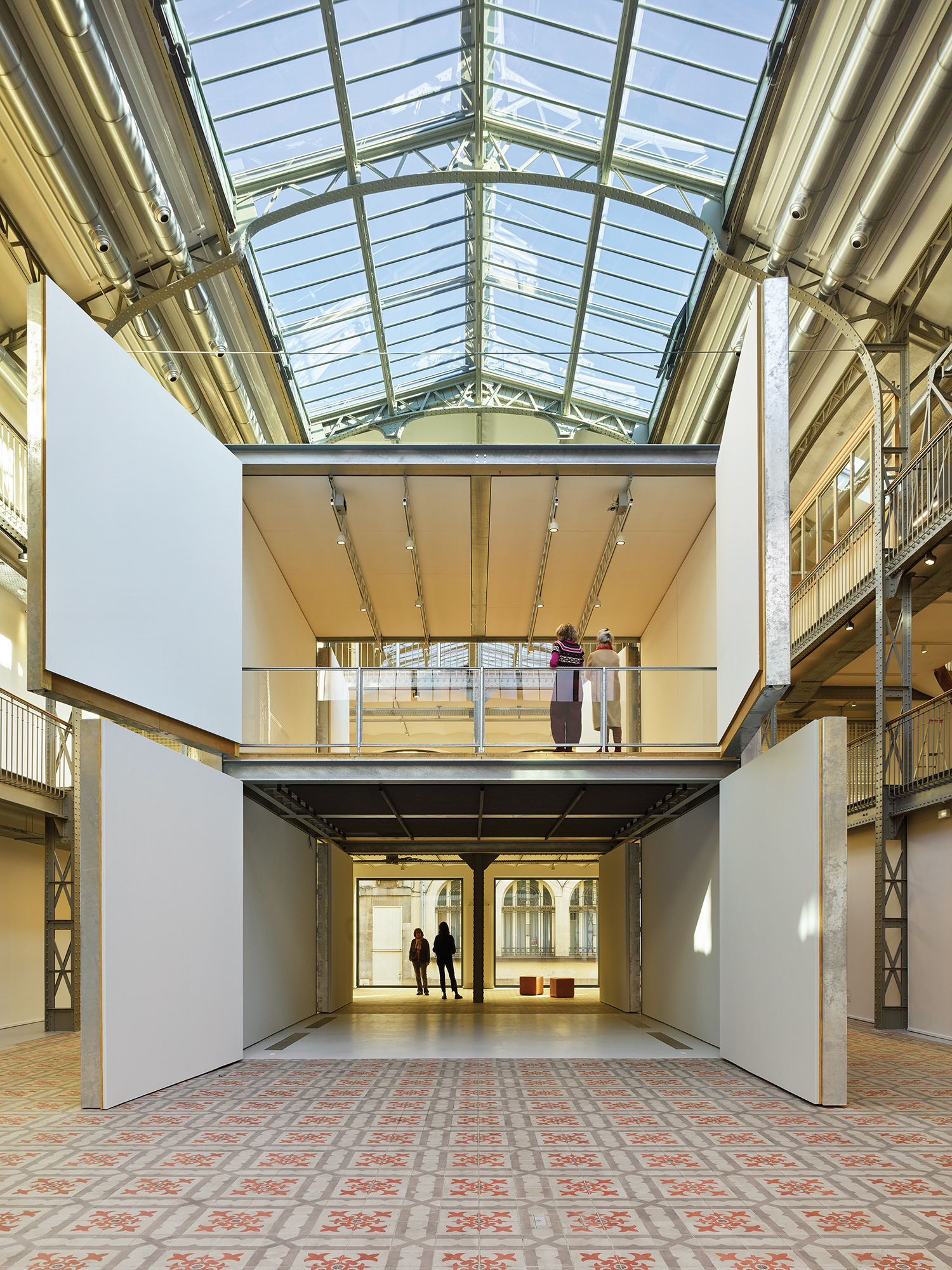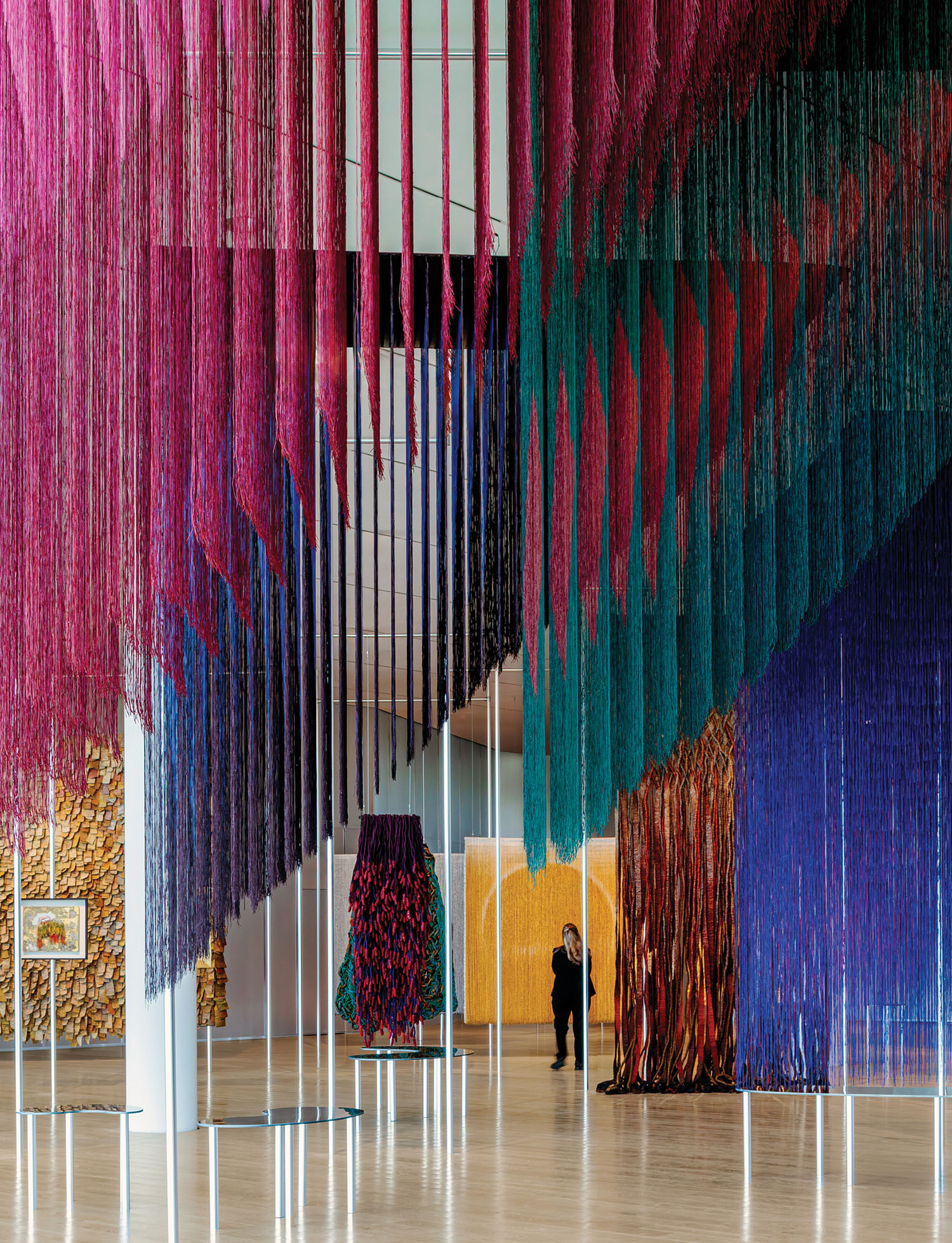1900 – 1930: From Electricity to Fluorescents
Perhaps nothing better illustrates the world’s evolving relationship with electric light during the past century than the naming behind one of the industry’s oldest manufacturers. When he founded the New York Gas and Appliance Co. in 1904, Bernhard Blitzer hedged his bets, selling both gas and electrical fixtures.
This lasted for more than a decade, until electric lighting became a more stable market. By 1918, Blitzer had changed the company’s name to Lightolier, a combination of the words “light” and “chandelier.” Electric lighting was here to stay, and what’s more, it had quickly become an industry that encompassed art as well as function.
Lighting design – not only the industrial design of lamps, but also the consideration of large illuminated environments – has by necessity evolved alongside architecture. As buildings grew taller and people began to work in urban centers, bigger spaces had to be illuminated. Along with more lights came greater concern for efficiency. In 1927, Edmund Germer patented the world’s first fluorescent lamp, which allowed for more economical lighting with less heat.
|
Fast Facts Tungsten Filaments
Fluorescent Lamps |
>>1930 – 1958: The Dawn of “Architectural” Office Lighting


